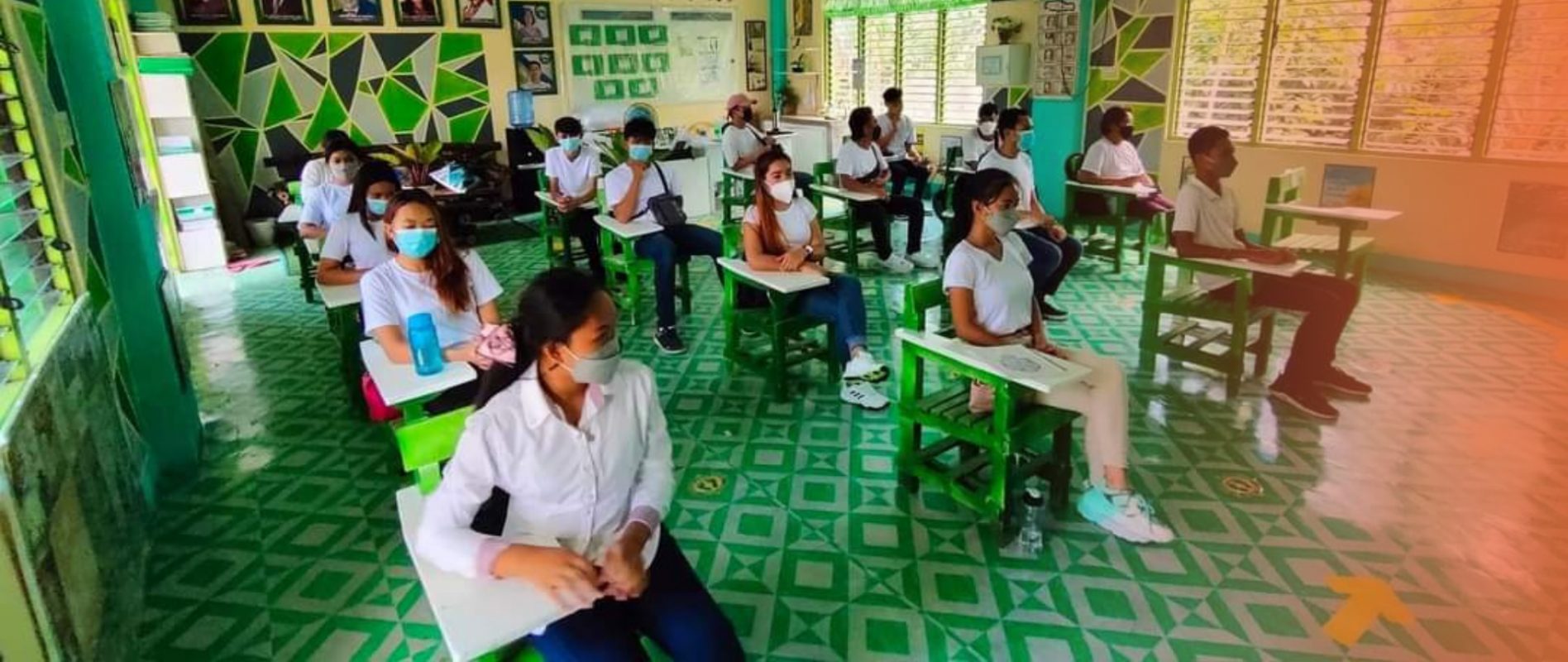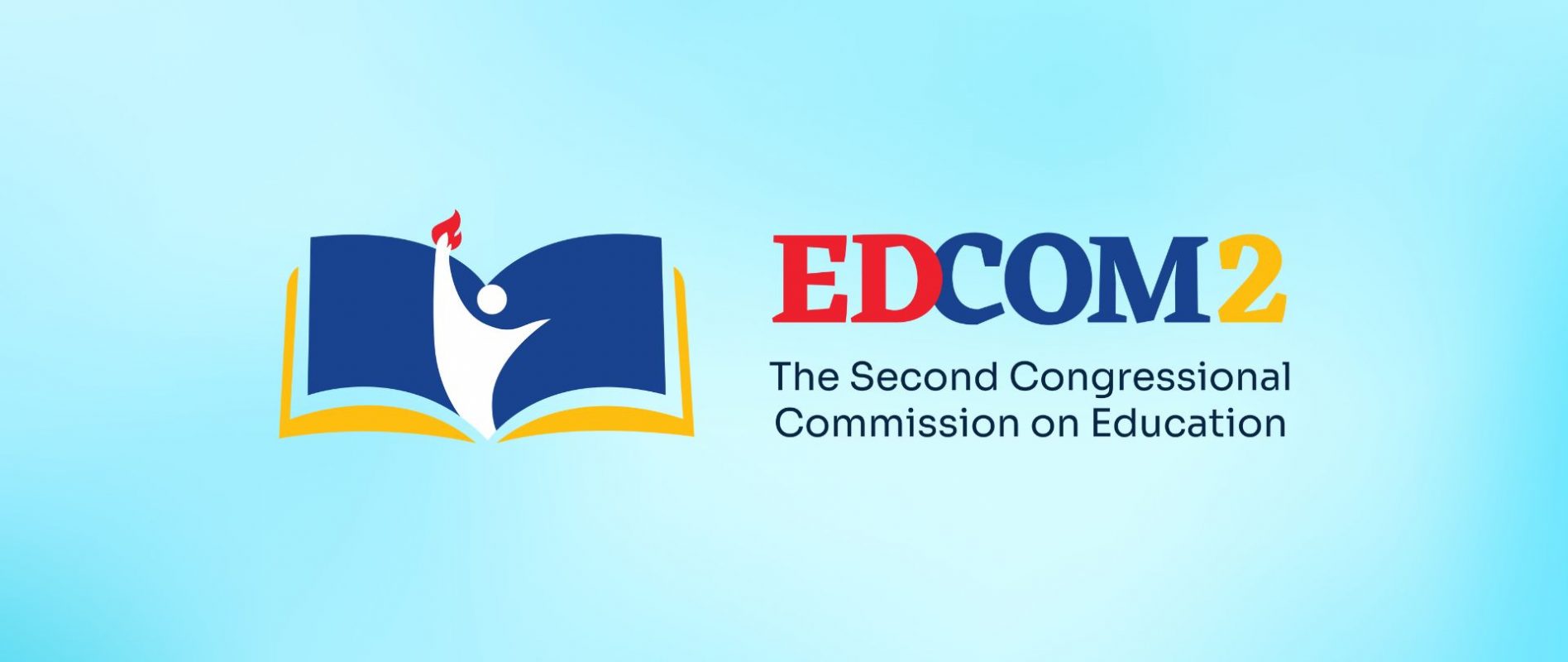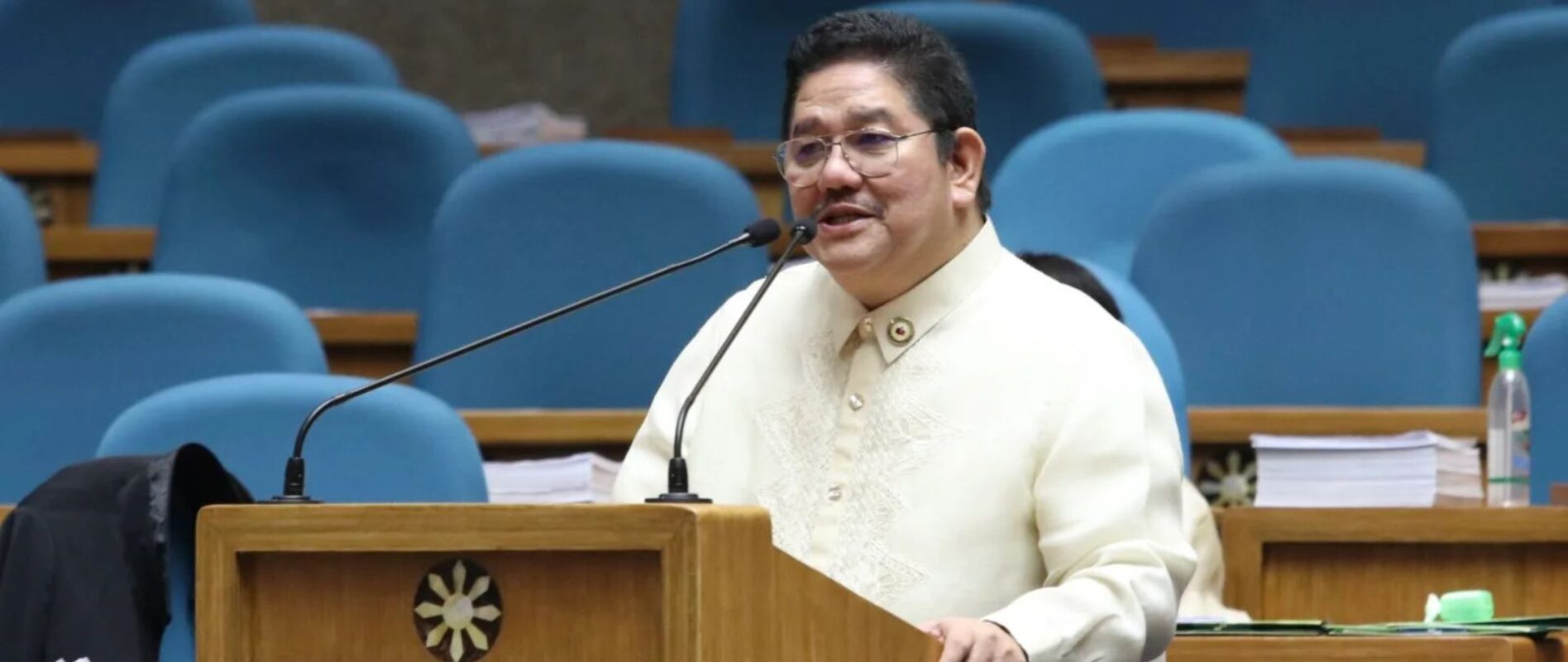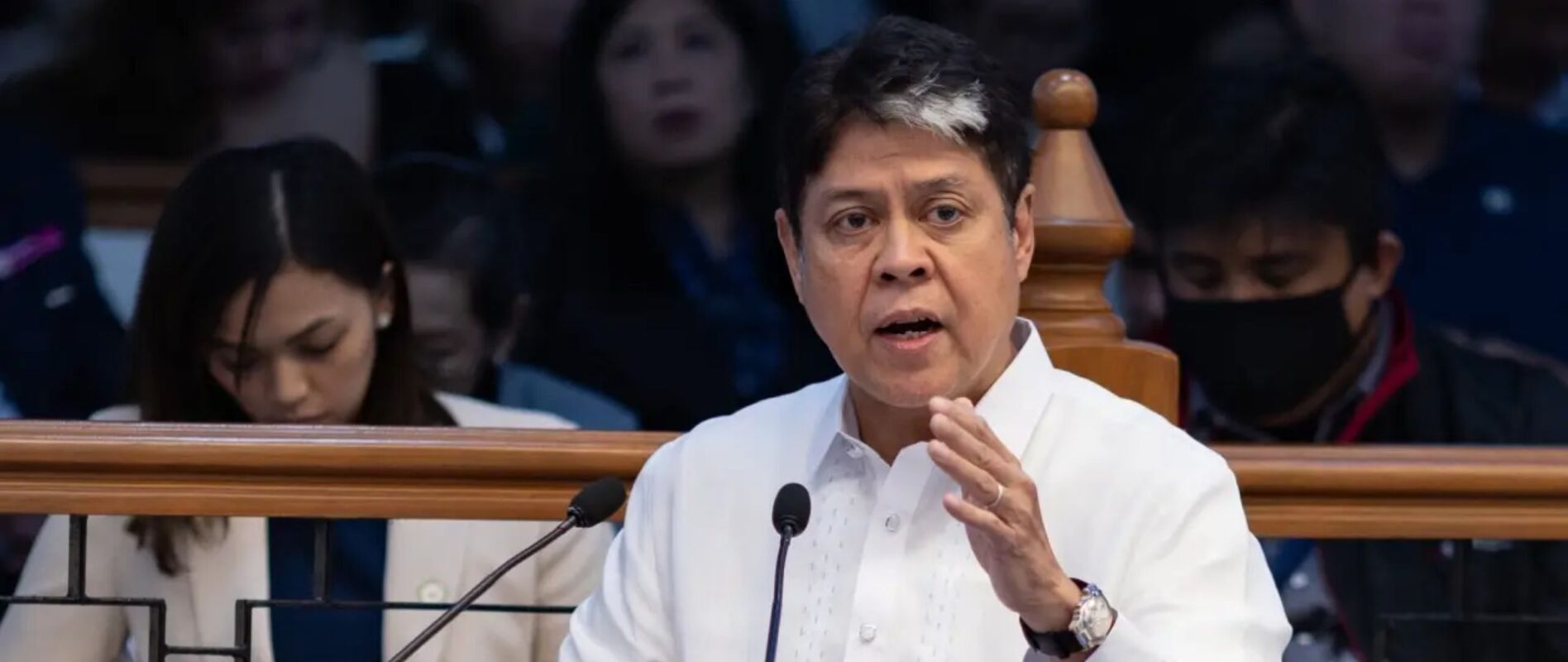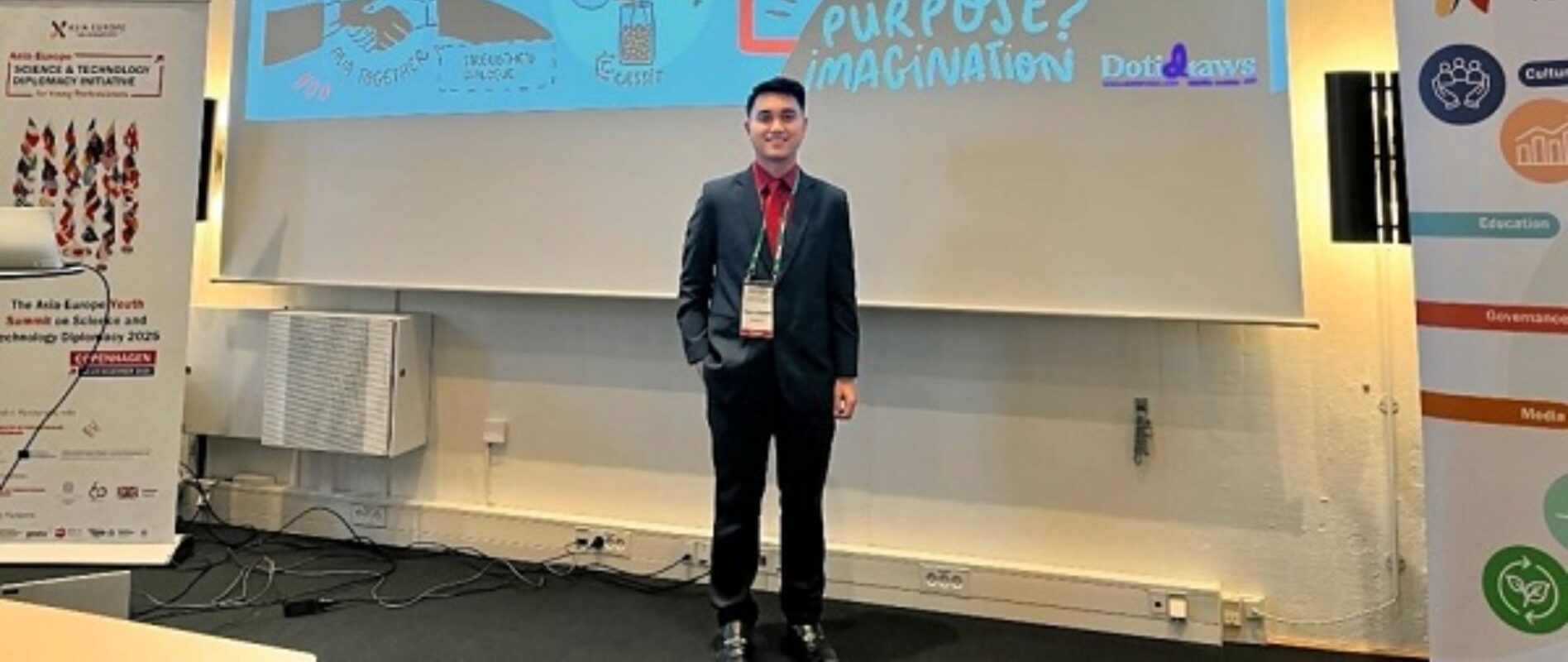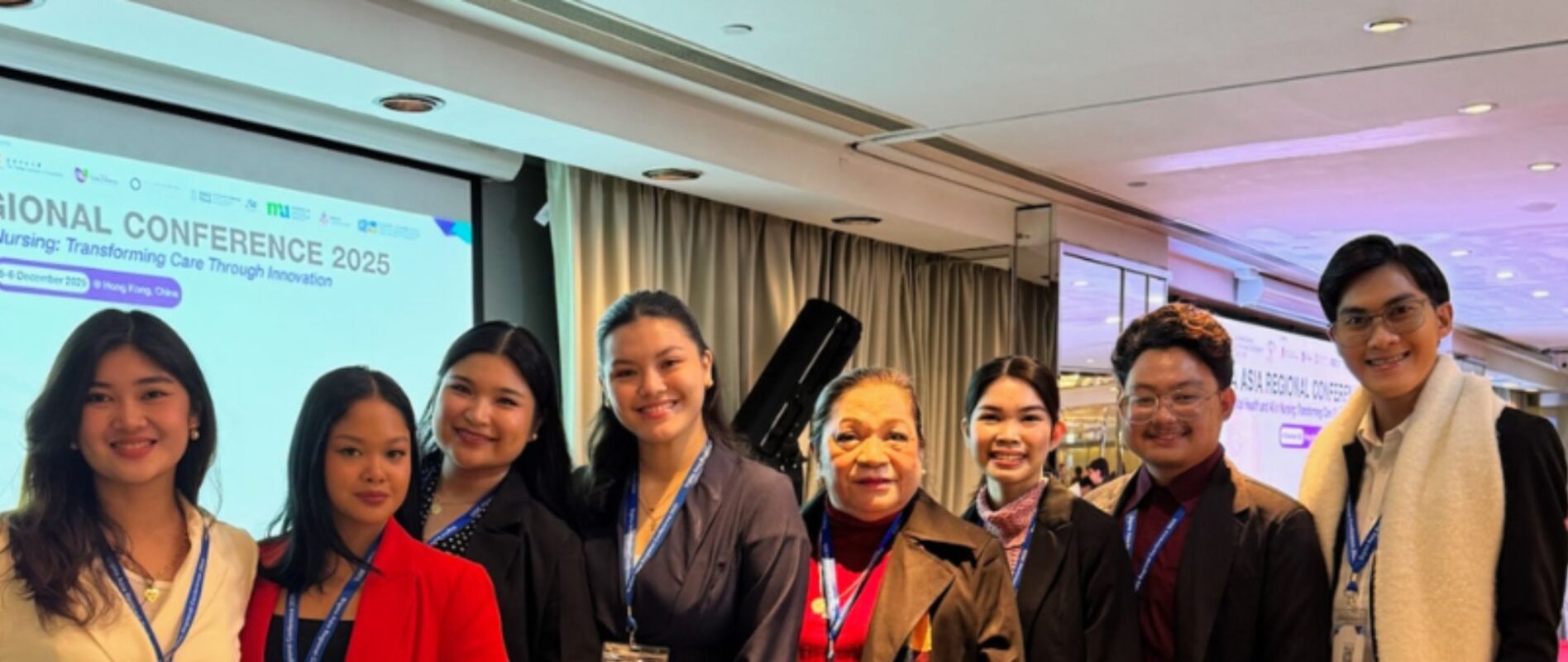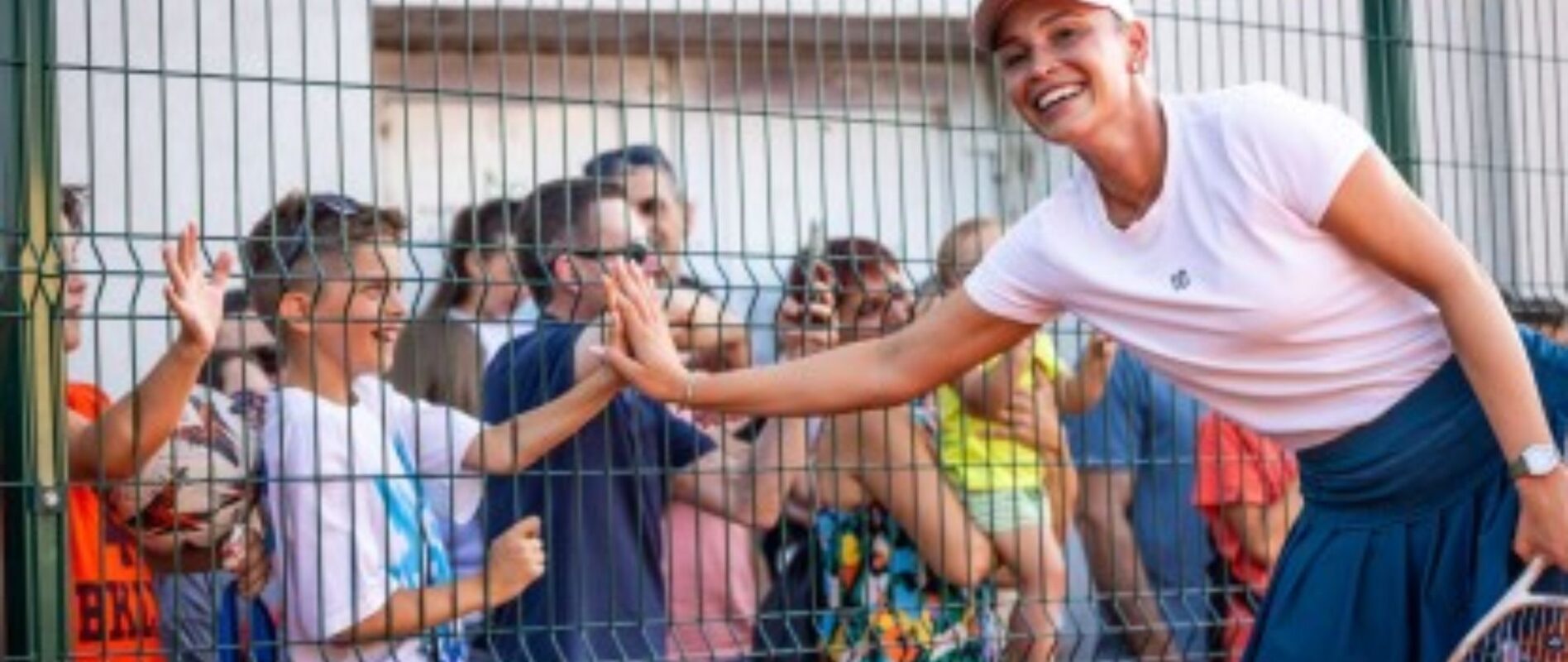SURVEY SHOWS STUDENTS PARTICIPATING IN F2F CLASSES ARE LEARNING BETTER
A SURVEY conducted by the Movement for Safe, Equitable, Quality and Relevant Education showed that students who participated in face-to-face classes are learning better than when they were taught online.
A SURVEY conducted by the Movement for Safe, Equitable, Quality and Relevant Education showed that students who participated in face-to-face classes are learning better than when they were taught online.
The survey was held to assess the implementation of limited face-to-face classes in 63 out of the 13,692 basic education schools nationwide that conducted in-classroom learning since November 15, 2021 until April 4, 2022.
SEQuRe Education sought public school teachers who were involved in face-to-face classes and who were willing to be correspondents to the movement’s Bantay Balik-Paaralan Project and answer the BBP monitoring tool.
The survey, which ran from March 1 to 31, 2022 showed that 94 percent to 96 percent of the respondents indicated that students were happy to be back in school, and 86 percent to 96 percent said that students were learning better compared to when they were enrolled in purely distance learning modalities.
However, national data and the survey results showed that the government still has a long way to go to bring the majority of students back in school.
Survey findings also showed that government funding and support were insufficient, which compelled 59 percent to 83 percent of teacher-respondents to spend out-of-pocket money to prepare schools and classroom for safe reopening.
As observed by 64 percent to 89 percent of respondents, families of learners also had difficulties in providing for their children’s distance learning needs amid the persisting economic crisis.
The survey further found that efforts and strategies for the implementation of limited in-classroom learning were heavily decentralized and school-dependent. This put into play the initiative and resourcefulness of teachers and school heads who had to find ways to operate their schools and teach under blended learning modalities, despite lacking guidance from the Department of Education.
“There was an apparent lack of a systematic assessment to gauge and understand the extent and nature of the learning loss that was brought about by one and a half to two years of school closure, as well as an over-all guide on how to tackle the current education crisis,” SEQuRe Education Movement said in a statement.
“As such, while the country succeeded in resuming in-classroom instruction for about one-tenth of learners, there is a great need for ample government funding and a more evidence-based and comprehensive plan to expand safe school reopening and ensure that education effectively recovers from the crisis,” the group added.

